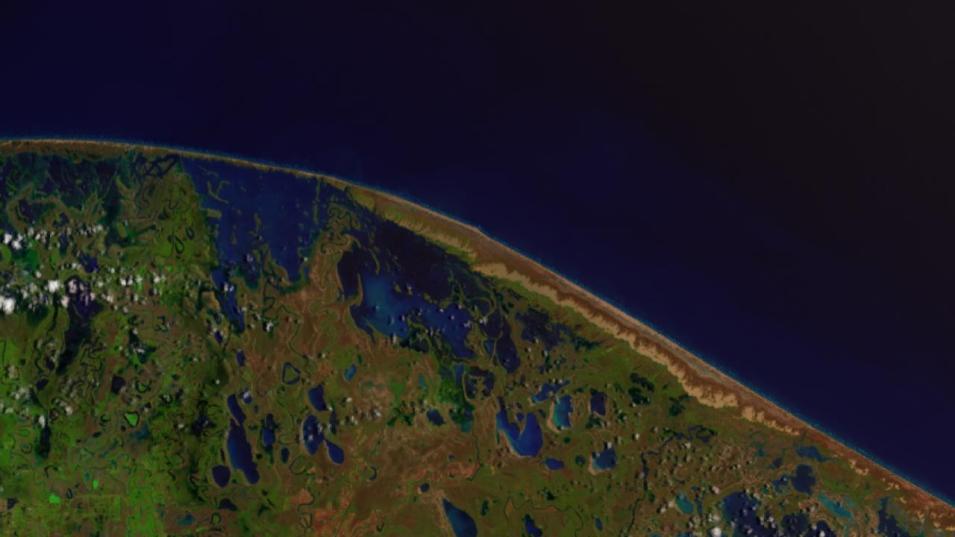The new generation of NASA Earth Observations (EO) is bringing unprecedented spectral and temporal resolution, marking a new era for satellite remote sensing. This advancement promises to greatly benefit society by providing richer information on Earth's resources and environmental changes.
This two-day webinar will cover the fundamentals necessary to work with NASA's high-spectral resolution EO data, spanning the visible to short-wavelength infrared (VSWIR) and long-wavelength infrared (LWIR) parts of the electromagnetic spectrum. Presenters will discuss measurement acquisition, standard preprocessing methods, data discovery, and working with key datasets from the Earth Surface Mineral Dust Source Investigation (EMIT), ECOsystem Spaceborne Thermal Radiometer Experiment on Space Station (ECOSTRESS), and Plankton, Aerosol, Cloud, Ocean Ecosystem (PACE) missions.
The webinar also includes tutorials on how to synergistically use these EO datasets and offer hands-on instructions for using open-source code and cloud platforms, specifically Python in JupyterHub cloud infrastructure and JavaScript in Google Earth Engine (GEE).
Agenda
Access the full agenda (PDF, 153 KB).
Event Recordings
Learning Objectives
- Understand the fundamentals of hyperspectral imaging and thermal measurements through reviewing the electromagnetic spectrum and sensor specific considerations.
- Learn how to utilize hyperspectral VSWIR and multispectral TIR datasets for a variety of Earth science applications and research interests.
- Discover and practice downloading, visualizing, and manipulating VSWIR and TIR datasets in cloud environments.
Prerequisites
1. Sign up for a GEE account. For this training you can use the non-commercial license agreement.
